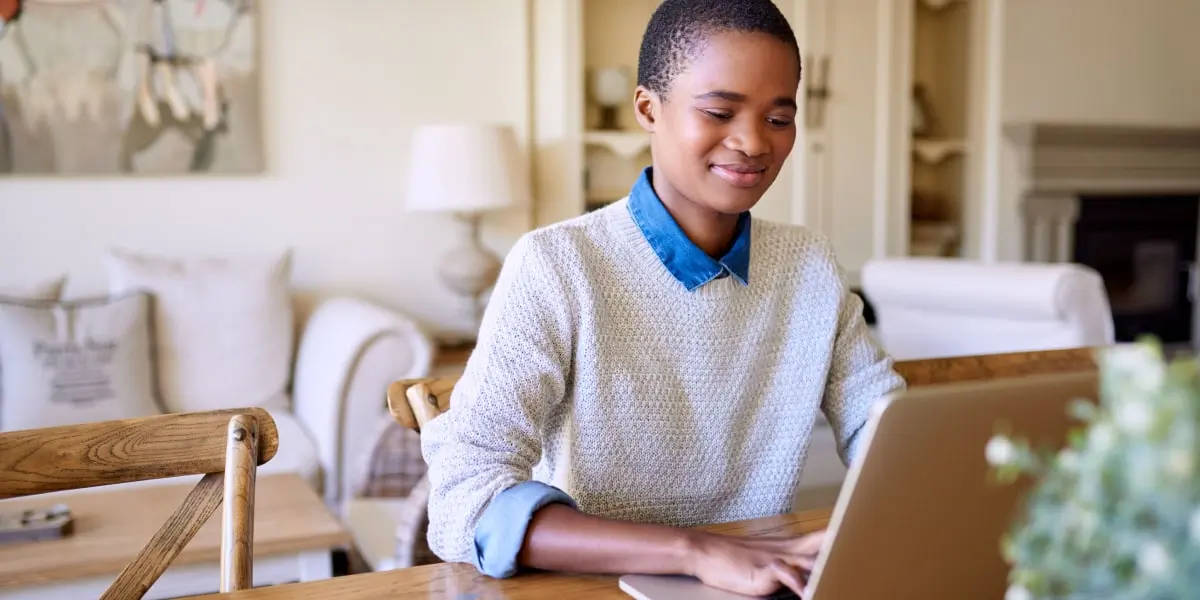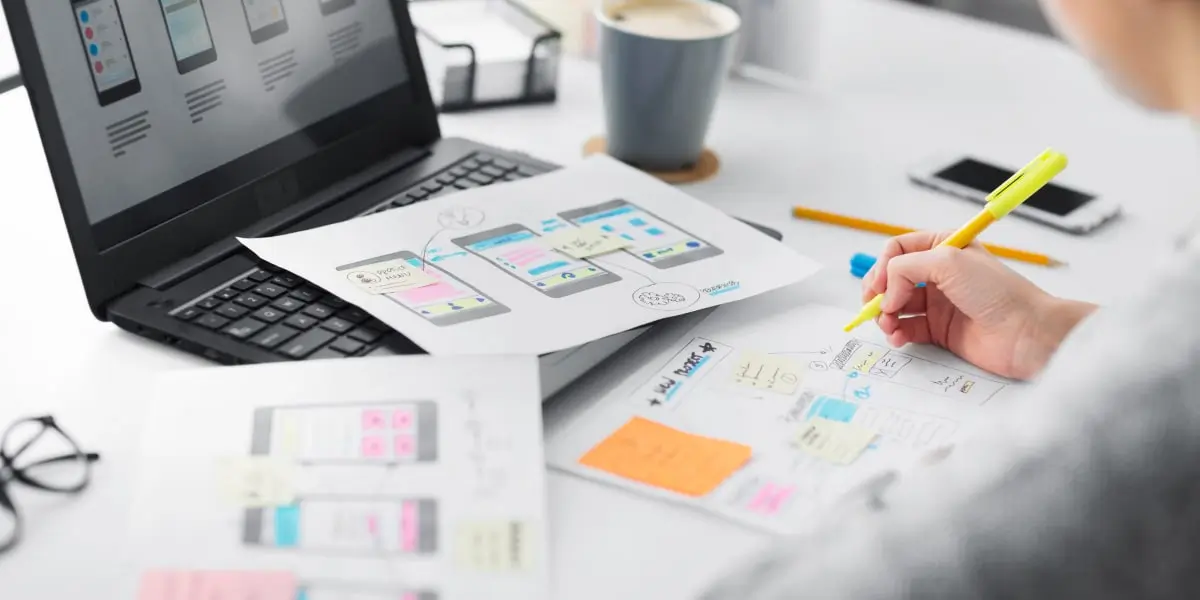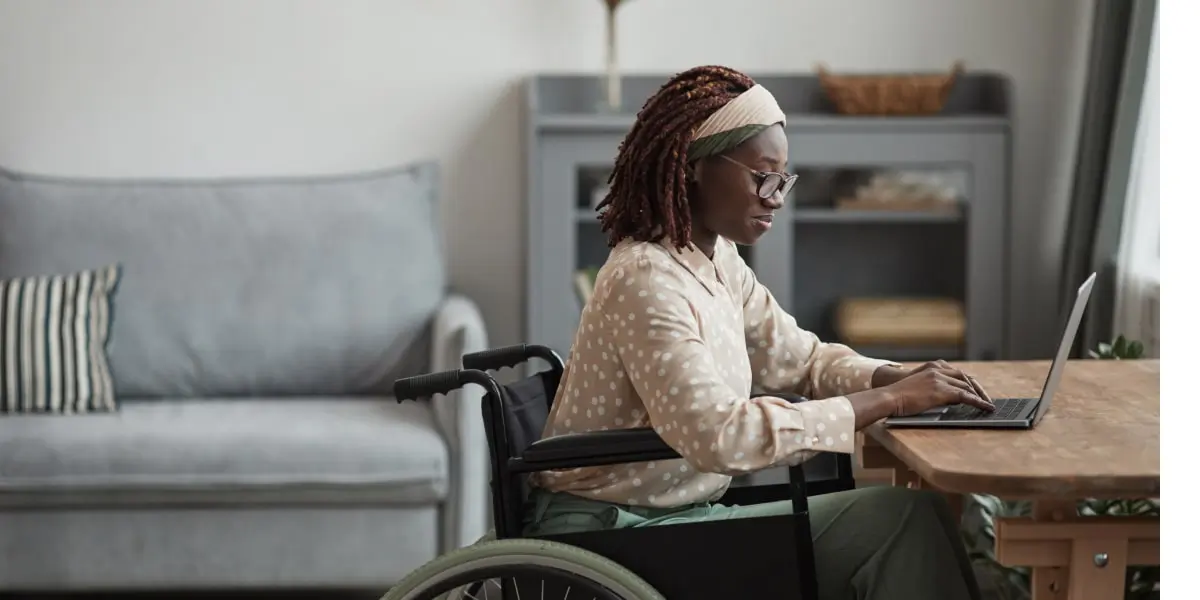Despite what you may think, an animation designer does a lot more than just draw and animate! While this career obviously entails substantial time spent drawing, there are other key responsibilities an animation designer needs to juggle. If you’re considering a career in animation design, take a peek at this article to learn about what an “average” day may look like for you.
First up: What does an animation designer actually do?
What does an animation designer actually do?
In a nutshell, an animation designer creates visual effects and animations for a variety of multimedia, such as video games, videos, websites, and apps—to name just a few! Of course, the role of the animation designer goes far beyond creating these visuals, and, in your day-to-day work, you can expect to take on the following responsibilities:
- Drawing animation frames or manipulating a digital model in tiny increments
- Using animation software to pull together the individual frames or model movements to create the illusion of movement
- Editing videos
- Brainstorming campaign ideas with clients or a team
- Storyboarding
- Providing feedback to colleagues or accepting input on your work
- Creating sketch concepts for pitch ideas
Whether you’re working as part of a larger team at an agency or are setting your own hours as a freelancer, you’ll need to adhere to tight deadlines as an animation designer. That means being flexible when your boss or client has a priority project or last-minute changes—even if they come in as you’re about to sign off for the day! You can learn more about what an animation designer actually does here.
Though no two animation designers will have the same workload, regardless of how they are employed, their days may take on a similar cadence. This article will give you a taste of what it’s like to be an animation designer and what you might be able to expect on an “average” day.
So without further ado: What’s a typical day in the life of an animation designer?

A day in the life of an animation designer: The morning
You’ve got your coffee and a full day ahead of you! What’s first on the agenda?
Check your email
First things first: you’ll want to check your email for late night or early morning client emails or priority tasks from your boss. If your schedule doesn’t look too packed for the day ahead, you might take some time to respond to emails that you were unable to answer from the day before. Here are some examples of types of emails you might send:
- Providing constructive feedback on a team member’s video
- Updating your boss and / or client on the status of a project you’ve been working on
Review feedback on your work
As with any design role, giving and receiving feedback is a big part of the job. Once you’ve browsed your inbox, you might review feedback from your team on some of your work—say, the first draft of a video you’ve put together.
Editing
Of course, you can also expect to get hands-on with design work, and this includes editing. Perhaps your teammate has finished an animation that needs some minor editing, so you’re heads-down for a while refining it and adding a few final touches before sending it to the director and client for approval.
Take a phone call from a client
Just before lunch, a phone call from a panicky client comes in! They cannot find the final cut of an animation your team submitted last week, and they are launching their campaign today! You locate the file and send it to a very grateful client.
Accept a new project from your boss
The work keeps coming in, and you receive a new project from your boss. A client has undergone a brand revision and needs their video assets updated with the new logo. You add this to your task list and prioritize it accordingly.
Phew! Where did the morning go? It’s already time for lunch.

A day in the life of an animation designer: Early afternoon
Happily, your morning was not hijacked by last-minute requests, and you were able to get some significant work done. And it’s a good thing, because you’ve got a lot on your plate this afternoon. Here’s what’s on the agenda.
Join a new client brainstorm session
The client is looking for several product videos to add to their website and YouTube channel. You and your team discuss product buyer personas, the client’s brand identity, and concepts. Guess whose job it is to mock up these concepts to send back to the client? Yours! You get to work straight away…
Sketch out concepts
You start sketching out concepts from the previous brainstorming session. Once these are done, your team will send these rough drafts of storylines and scenes for the videos to the client for feedback and to check if your work aligns with their vision.
Check your email (again) and finish some sketches
That’s right—email never stops, even if you’re busy! You have just enough time to peck out a few responses before you’re called over to your colleague’s desk (or Zoom meeting!) to help them interpret client feedback and offer suggestions on an animation due next week. With that done, you finish your sketches and send them over to the director for review.
A day in the life of an animation designer: Mid-to-late afternoon
Yikes, the sun is already setting, and you have yet to do any substantial drawing! Better fix that asap. For the rest of the afternoon, you:
Draw frames for an animation sequence
Luckily, you’ve been working on this animation for a few days now, so it’s easy to slip on some headphones and lose yourself in the act of drawing. By the time you look up from your computer, it’s late afternoon, but at least you’ve put in some solid work towards finishing the project.
Emerging from that task, you check your email once again (it’s important to stay on top of different projects and stakeholders). Happily, no last-minute requests have come through so you’re safe to spend some time responding to emails that have been piling up over the past few hours.
Storyboard an approved pitch
Your director informs you that a client has approved a pitch for a campaign, so you begin to mock it up in a storyboard.

Early evening
Just as you feel like you’ve done enough for the day, the director pops by with a last-minute request to refine a storyboard with client feedback. Time to hit the coffee machine for some caffeine and a snack! Here’s how you finish your day.
Implement client feedback on a storyboard
The client only had minor changes, so it doesn’t take too long. You finish up the changes and send the revised storyboard back to your boss.
Check your email
One last time before you sign off for the night! Nothing too pressing has come in, fortunately, but seeing as you’re already staying late, you decide you may as well attempt to respond to several emails. Tomorrow morning you’d like to finish the drawings for the project you worked on earlier and begin the animation process, so you may as well help the future you!
Yawn! When you finally lift your head from your desk, it’s dark out, and your stomach is rumbling—time to shut down your computer and put the workday behind you.
Final thoughts and further reading
Though it’s certainly a busy, challenging profession, animation design is also incredibly rewarding. It allows you to engage the creative and strategic parts of your brain to keep you from getting bored, and it’s also an in-demand job.
If you’re brand new to the design field, get started with a free introductory UI design short course. And, if you’d like to learn more about a career in animation design, check out the following:
